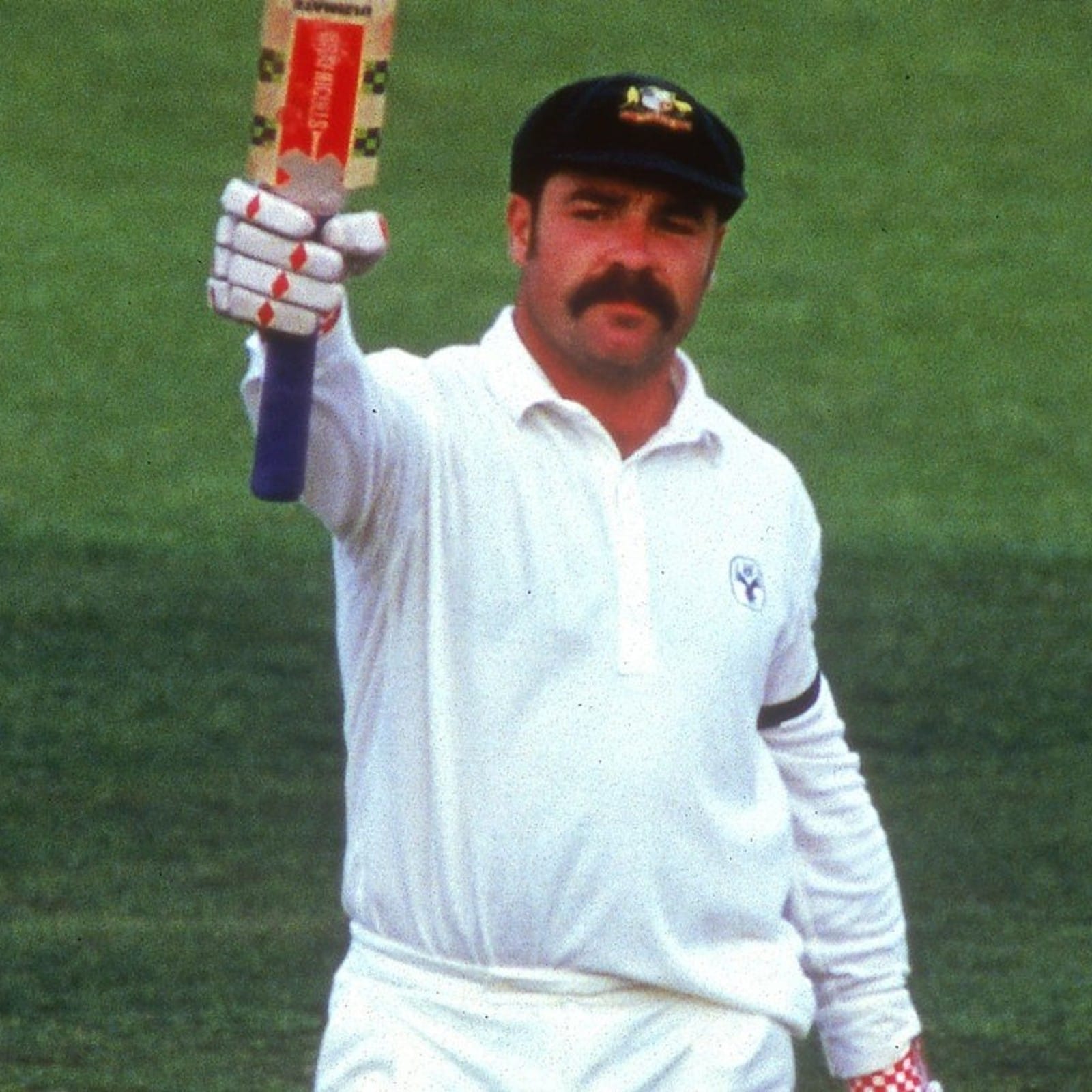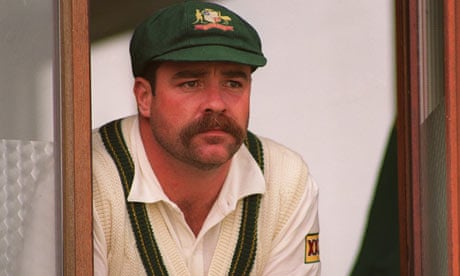Know About David Boon One Of Australia’s Favourite Sons

Boon has been hailed as one of the greats in Tasmanian cricket. He represented his state and national team as a gritty right-handed batsman. Not the most flamboyant of players, his tough-mindedness and ability to rack up vital runs made him one of those beauties any side would love having.
A Brilliant International Career

By that time, in his retirement years, Boon would go on to record 7422 Test runs at an average of 43.65, making him second only to Allan Border among the run-scoring Australians. His total number of Test centuries was 21, equal to that of another Australian great, Neil Harvey, and his overall numbers in terms of test matches played from 1984 to 1996 reached 107. He is the only and second Australian after Border to reach the 100 milestone in Test matches.
With One Day International matches (ODIs), here is where Boon really shone as he made 5964 runs in 181 games at an average of 37.04, four centuries. Apart from his batting, he made marks in fielding as a daredevil, often fielding the more dangerous position of short leg.
Domestic Success and Early Triumphs

Boon’s talent was evident from a young age. At just 18 years old, he played a pivotal role in Tasmania’s historic Gillette Cup victory in 1978/79, the state’s first major one-day title. Over his 17-year career, he captained Tasmania at different points and was instrumental in their strong 1997/98 first-class season. He remains Tasmania’s second-highest first-class run-scorer with 8,029 runs and also holds the record for the most runs in the state’s domestic one-day competitions (1,725 runs).
Revival of Australian Cricket

Boon made his Test debut in 1984 against the West Indies in Brisbane during a period when Australian cricket was struggling. As Boon developed, so did the team. He solidified his place as a No. 3 batsman and became a key part of Australia’s resurgence as a dominant cricketing force. Though briefly dropped in 1986/87, he reinvented himself as a top-order batsman adaptable to both Test and one-day formats. His fearless approach often unsettled even the best bowlers, with his square cuts, drives, and pulls proving particularly effective.
Over the course of his career, Boon played in multiple high-profile series, including three Ashes tours, two trips to the Caribbean, and Test tours to India, Pakistan, South Africa, and New Zealand. He was also part of three World Cup squads, playing a crucial role in Australia’s victory in 1987, where he was named Man of the Match in the final for his knock of 75 against England.
Ashes Glory and County Cricket

Boon was an integral part of four Ashes-winning teams, particularly in 1989, when he scored the winning runs for Australia. One of his most celebrated innings came in the Bicentenary Test of 1988, where he remained unbeaten on 184.
Beyond international cricket, Boon also played for Durham in the English County Championship from 1997 to 1999, leading them to their best finish during his final year.
Life Beyond Playing Cricket
Following his retirement in 1999, Boon took on a role in marketing with the Tasmanian Cricket Association before succeeding Geoff Marsh as an Australian selector in 2000. Today, he is recognized as one of the ICC’s Elite Match Officials, continuing his legacy in international cricket.
His contributions to the sport have been immortalized in his hometown of Launceston, where a major stand at the cricket ground has been named in his honor, ensuring that David Boon’s impact on Australian cricket is never forgotten.



